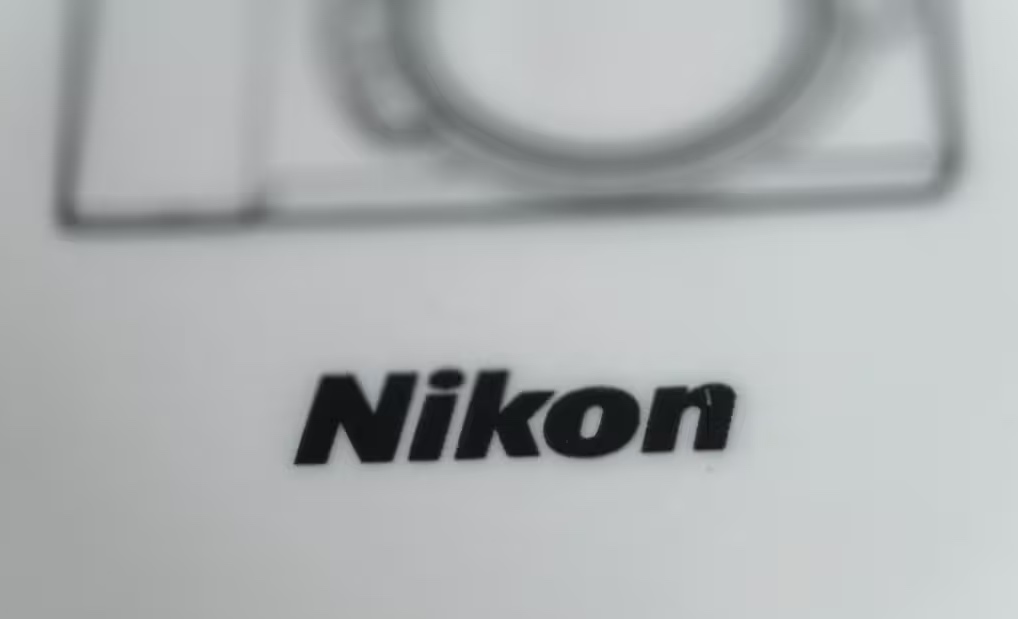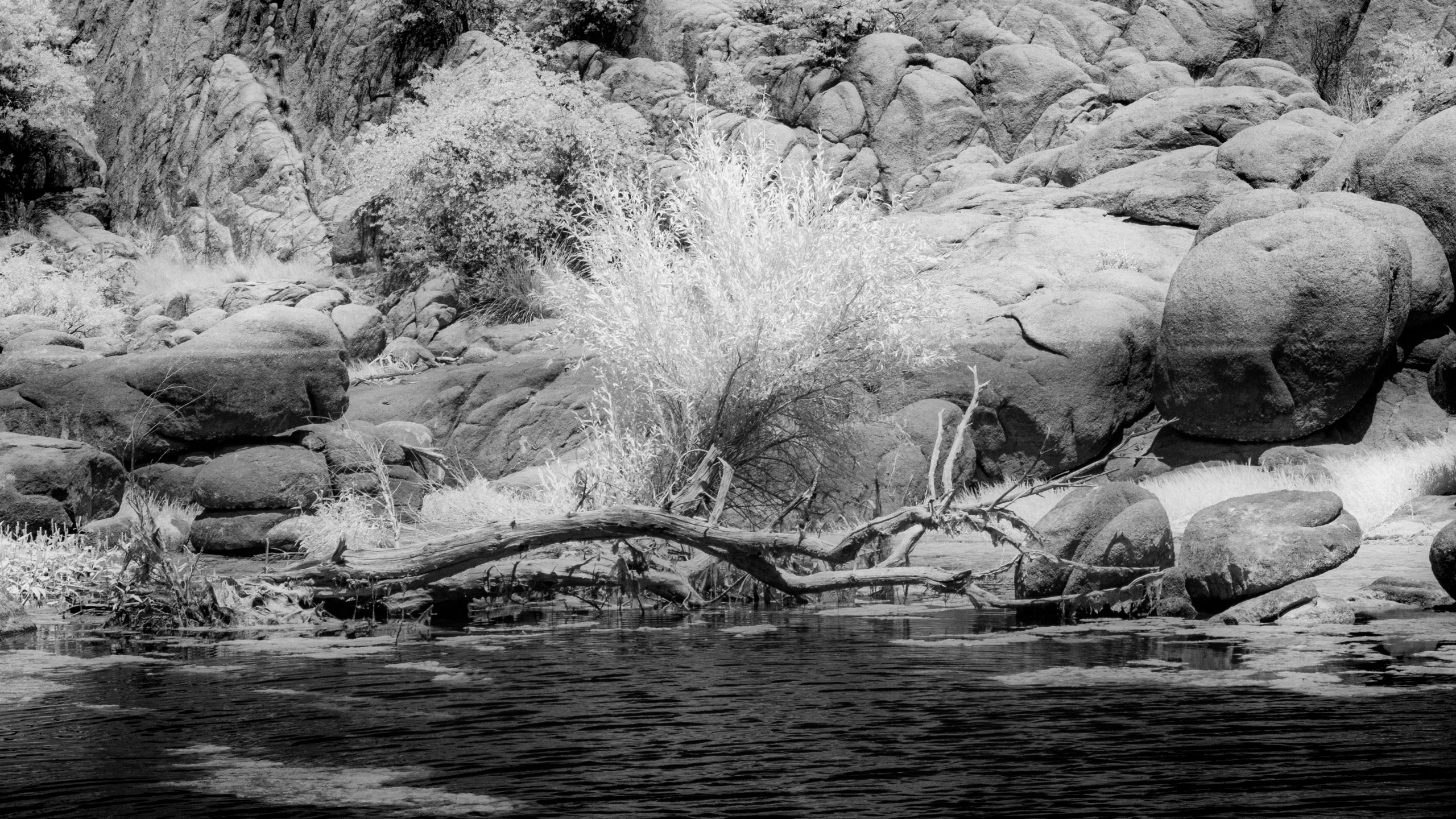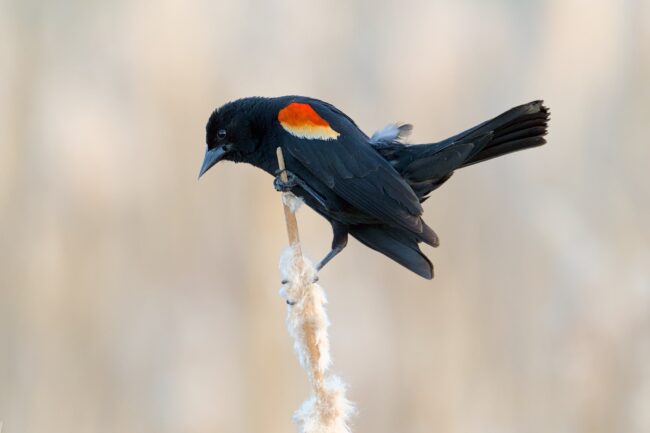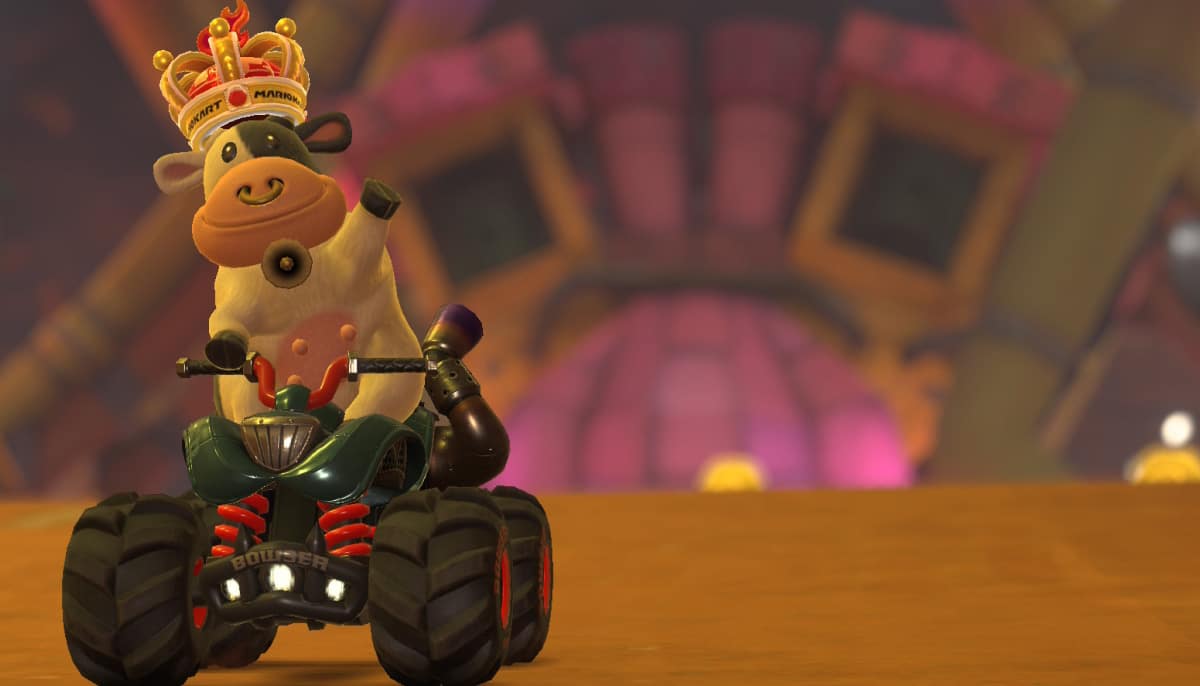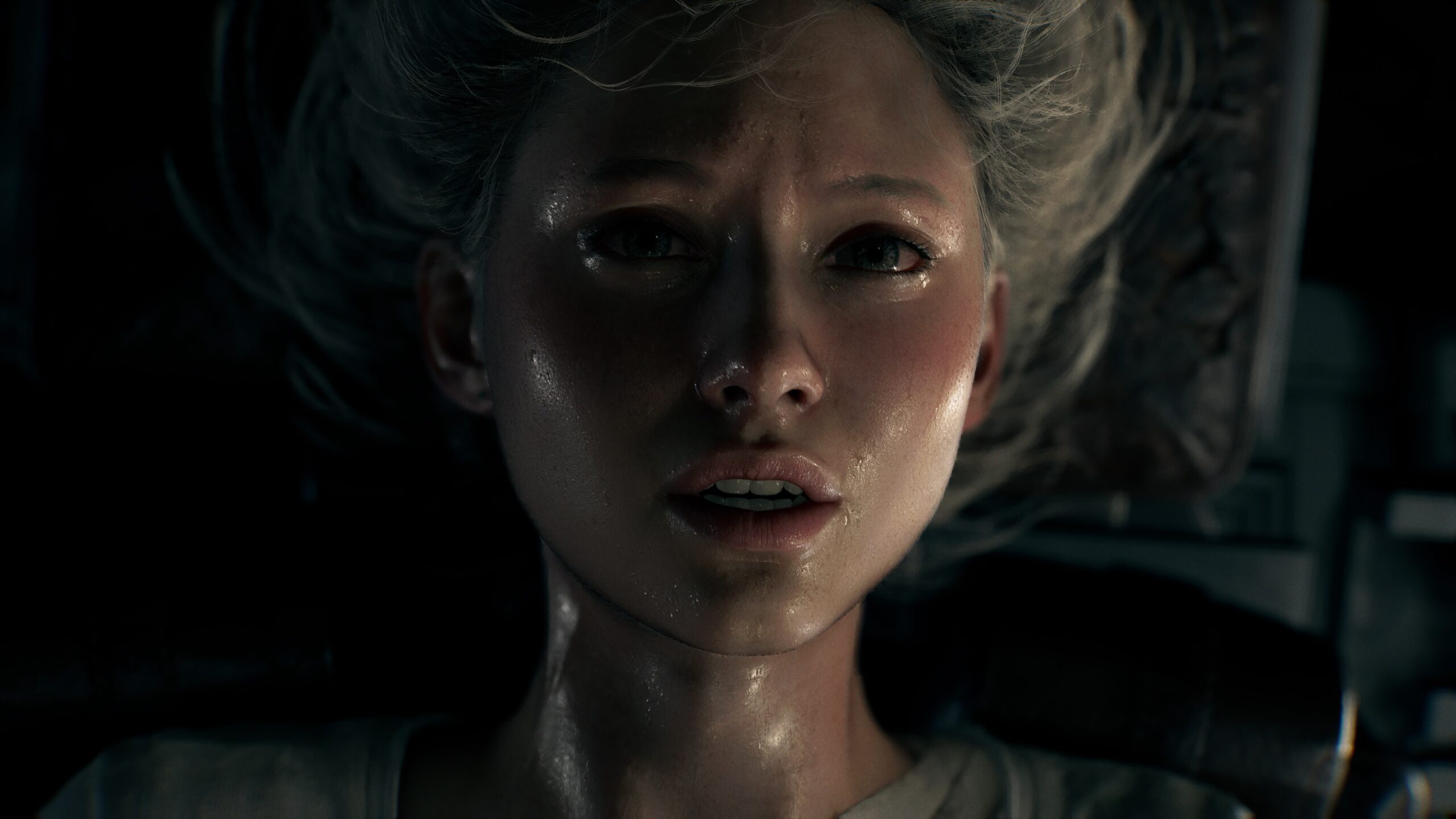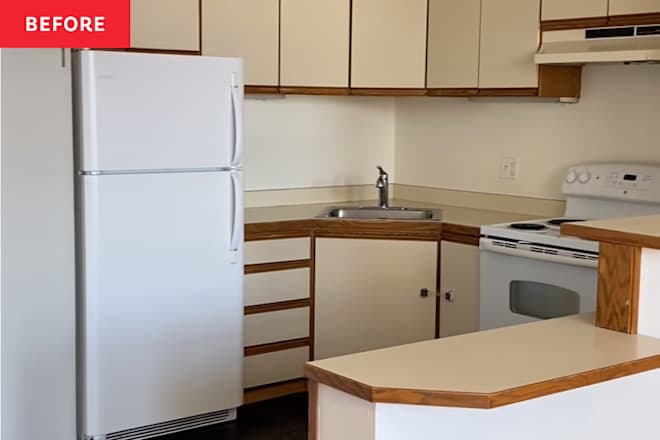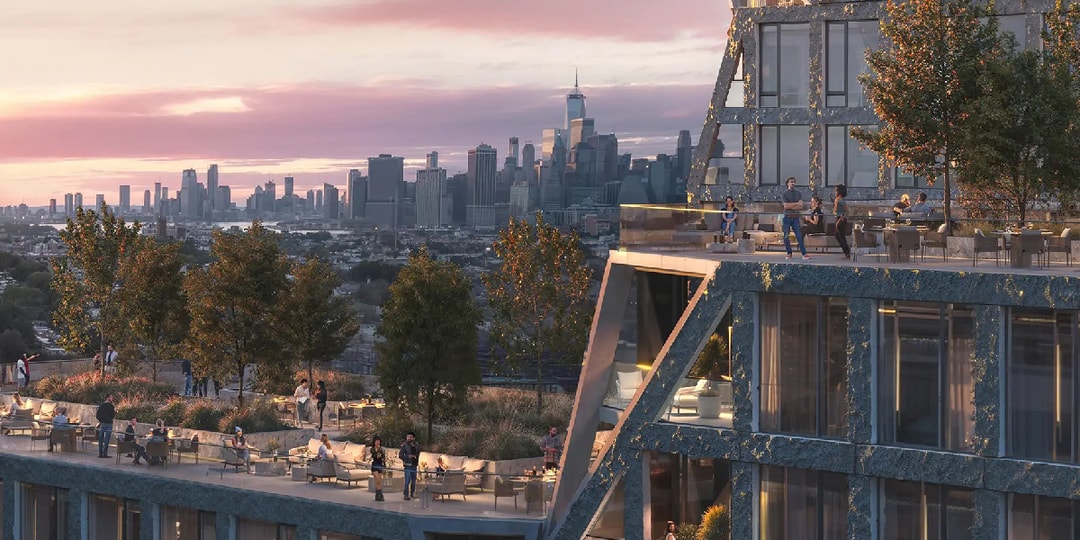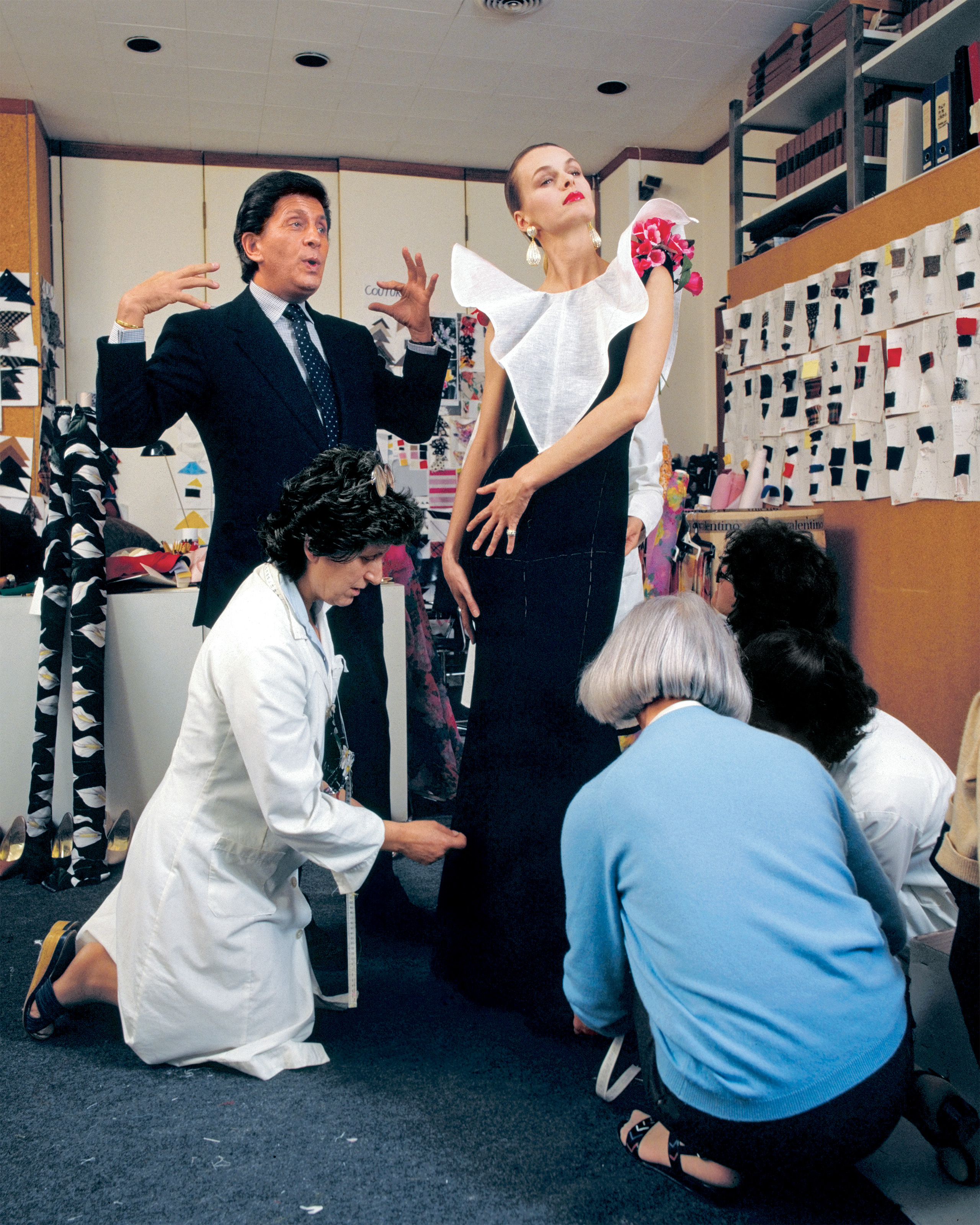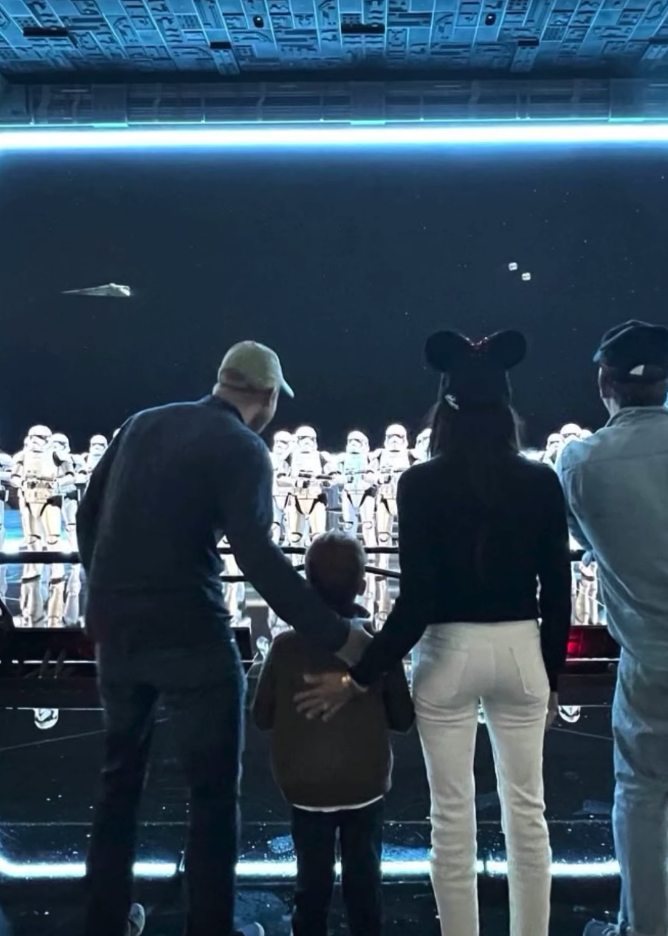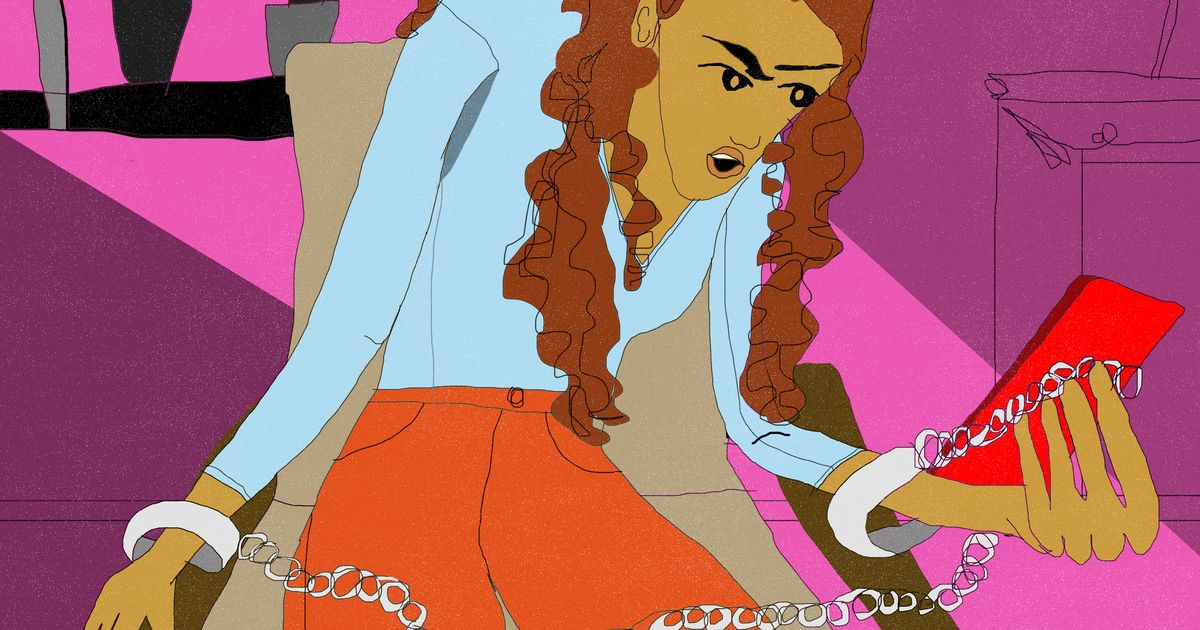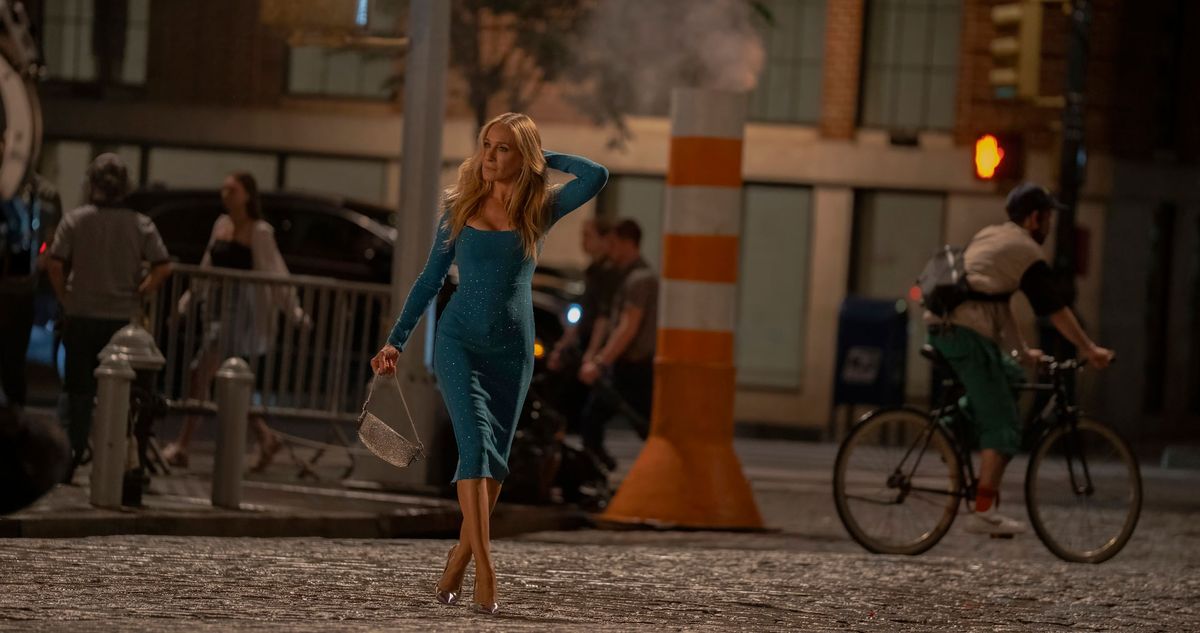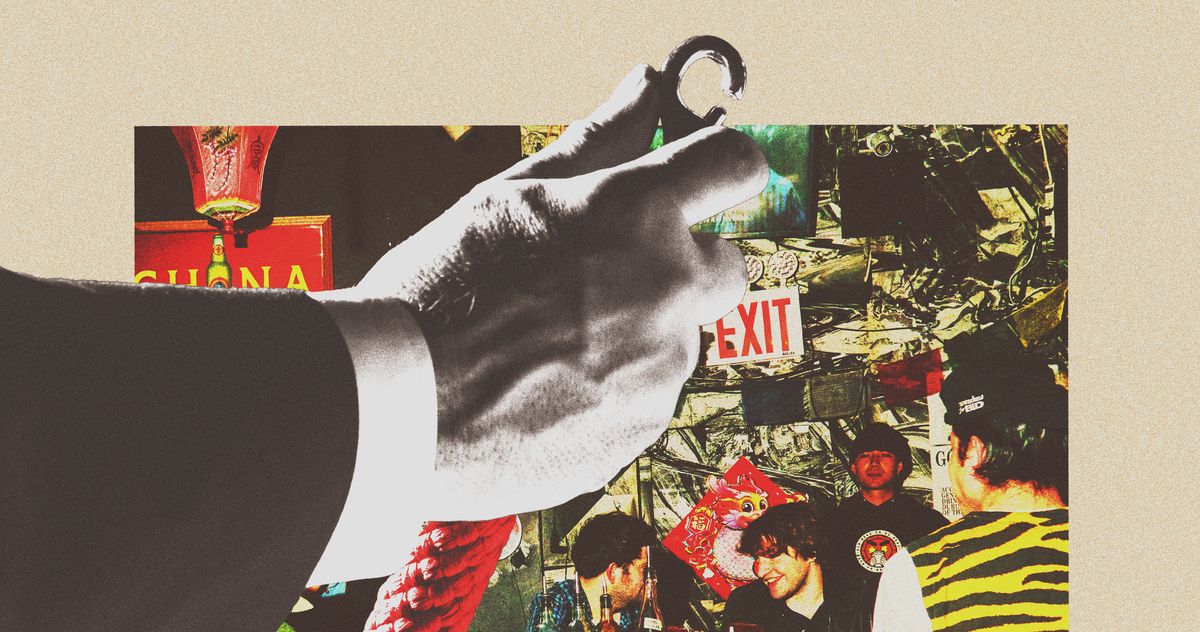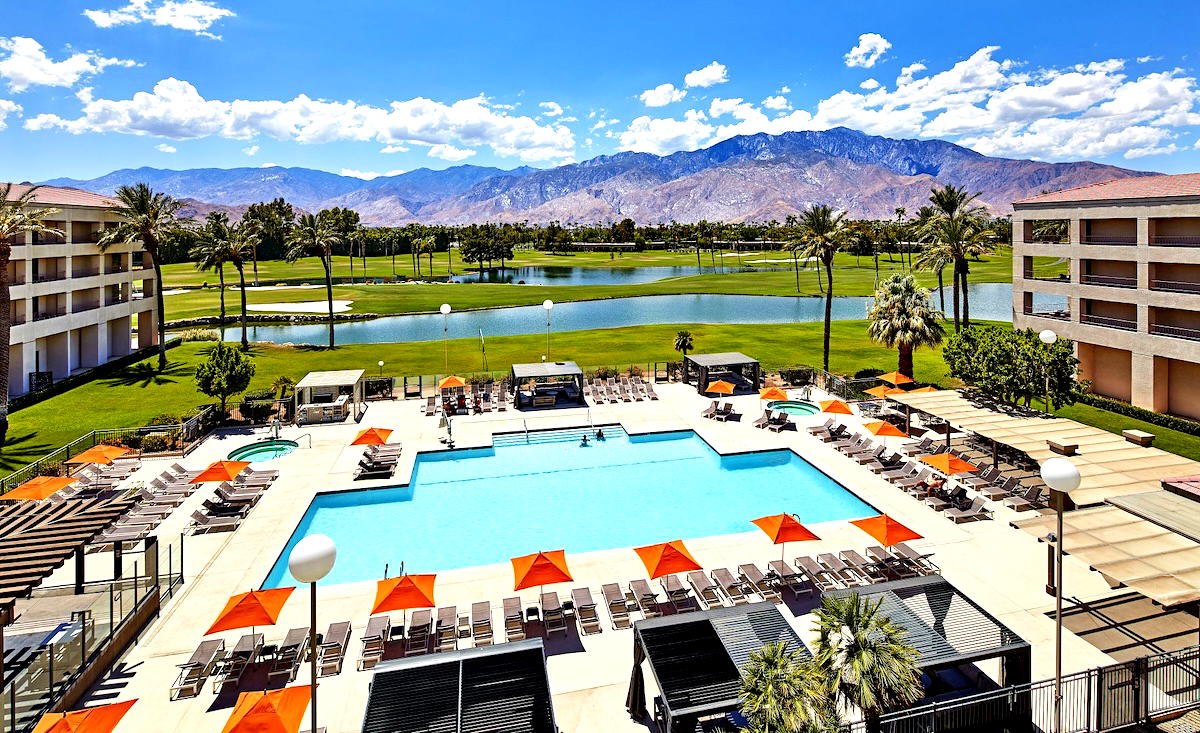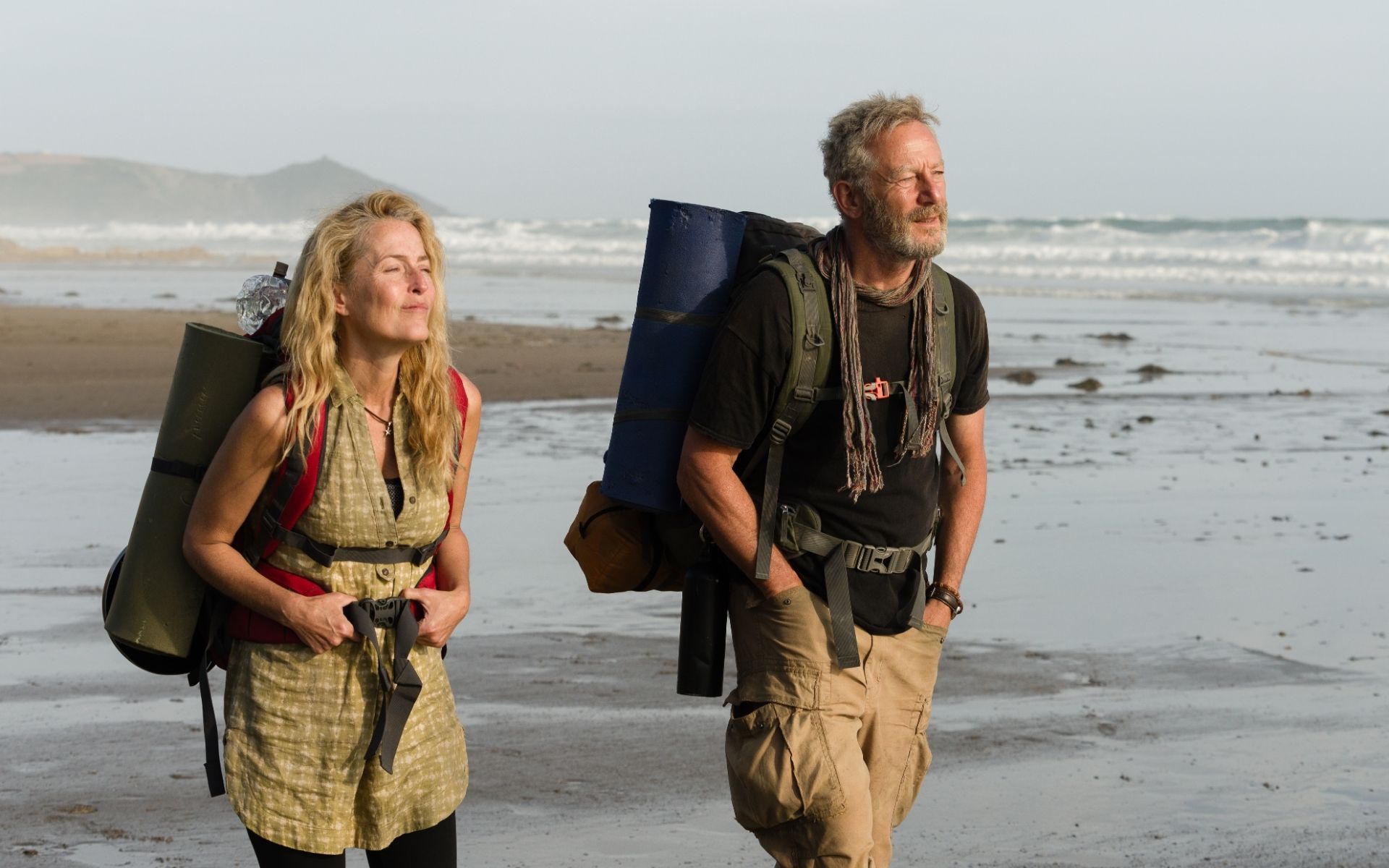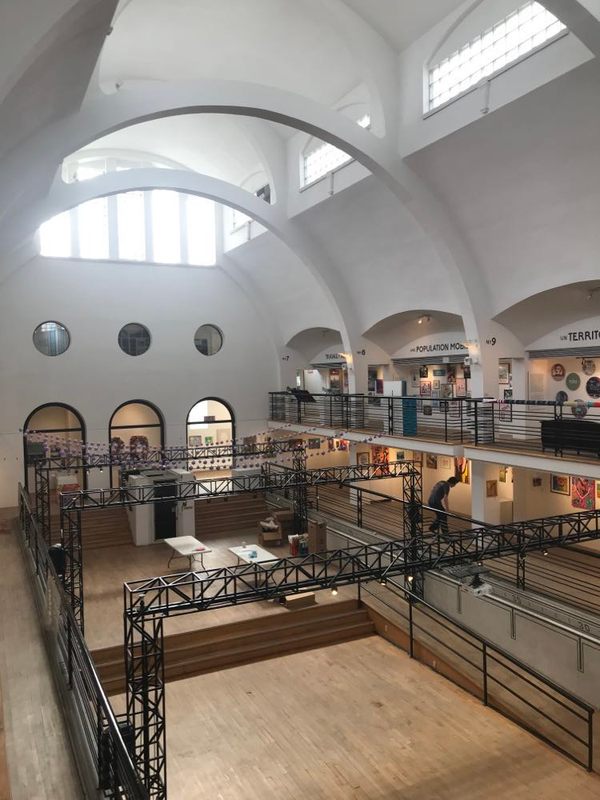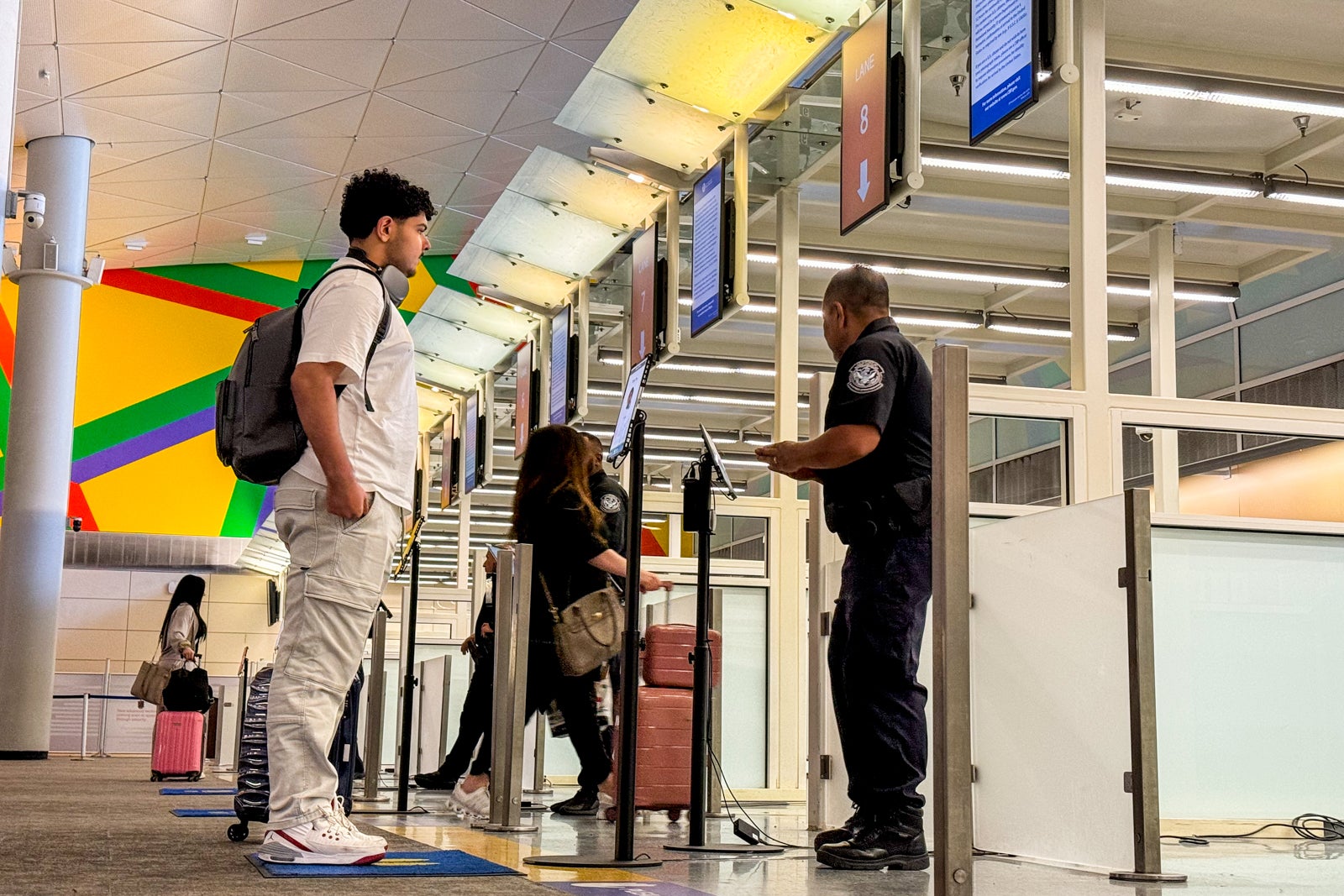Roadside Dinosaurs: An American Love Story
Listen and subscribe on Stitcher, Apple Podcasts, Spotify, and all major podcast apps. For 30 years, Steve Springer taught English at a middle school around the corner from his house. And when he retired, he was faced with a question that a lot of new retirees grapple with: What now? Steve had known that he wanted to be a teacher since the second grade, and he missed working with kids. Then, a year into his retirement, there was construction on his street, and a portion of his front yard got torn up. Steve saw it as an opportunity. He decided to transform his front yard into a park of sorts. He spent three months collecting and placing figurines, a unicorn here, a yeti there, gradually building up his collection. But then, he made a pivotal choice. He added a dinosaur. He was a Brontosaurus, he was bright blue, and his name was Boris. And Steve’s yard would never be the same again. I’m Johanna Mayer, and this is Atlas Obscura, a celebration of the world’s strange, incredible, and wondrous places. The roadside dinosaur has been a key piece of Americana since the 30s, and we’ve got theme parks and Sinclair gas station mascots as a result. So today, Places editor Diana Hubble and I head to two spots on opposite ends of the United States to ask one question. Why is there a dinosaur here? This is an edited transcript of the Atlas Obscura Podcast: a celebration of the world’s strange, incredible, and wondrous places. Find the show on Stitcher, Apple Podcasts, Spotify, and all major podcast apps. Johanna Mayer: Until Boris showed up, Steve Springer’s house was pretty normal. It’s on a residential street in Henderson, Nevada, about half an hour outside Las Vegas. The house is low slung, stucco, terracotta roof, big palm trees on the block, and a wide open sky. But then, suddenly, there was this giant blue Brontosaurus hanging out in the front yard. Steve told a local news outlet, the dinosaur got so much attention, and then suddenly I had three of them, then seven, and then went, “Okay, I know where we’re going.” And the park was born. Sixteen years later, Boris the Brontosaurus has a lot of company. Steve has 62 statues of dinosaurs and prehistoric creatures in his front yard. And we are not just talking figurines here. Think a T. rex that is 14 feet tall, 27 feet long, and weighs 500 pounds. It had to be assembled with a crane. There’s a Velociraptor, two Triceratops, there’s a random saber-toothed cat in there. On the ground, baby dinos hatch from eggs. On the roof, a Stegosaurus perches, keeping watch over this whole operation. At this point, you may ask, where does one acquire a 500-pound T. rex model? The dinosaurs in Steve’s yard come from all over, from movie studios in California, from museums and lawn sculpture shops, from as far away as Mexico and the Philippines. The next natural question might be, how much does this stuff cost? Often, we are talking upwards of $1,500 per dino here. When a local news outlet asked Steve how much he pays for his dinosaur menagerie, he just shrugged and said, “I’m single.” So, how did the locals react to all this? How did they feel when all of a sudden their neighbor’s front yard was crammed with 62 dinosaurs? Total indifference. No one even batted an eye when they walked past Steve’s house. Just kidding. Obviously, people love the Dinosaur House. That’s its official name, by the way, though it is also called Shan-Gri-La Prehistoric Park. Anyone can visit. It’s free and open to the public. Steve basically just lets people wander around his front yard. He’s even got the hours of operation painted onto his garage door. Typically, noon to 3:45 p.m., Friday through Monday. These days, Steve estimates that 40,000 people from all over the world visit the dinosaur house every year. Once, an entire wedding party from Illinois showed up at the house to take photos. Another year, when Steve decked out the display for Halloween, a six-year-old informed him that, actually, Triceratops are herbivores, but the one in his yard was eating a human foot. Steve promptly remedied the situation. And once, Steve got a Christmas card from a family explaining that they had a kid who was autistic, and the only way to calm him down when he got upset was to take him to see the dinosaur house. For Steve, the dinosaurs aren’t just a fun, decorative thing. They’re a lifestyle. Inside his garage, dino-mania continues. It is packed top to bottom with dinosaur posters, candy, toys. Every visitor to the dinosaur house gets a small prize, so there’s a wall of modeled dinosaur eggs hanging from the garage door with a number painted on them. Guests pick a number, they get a small prize that corresponds. The garage is also where Steve parks his car, a custom-wrapped sedan he calls the Dinomobile. It’s got a jungle and dinosaurs printed on it, and two stuffed dinos hanging out in the backseat. This guy commits. Back when he was in second grade and first discovered that he wanted to b

Listen and subscribe on Stitcher, Apple Podcasts, Spotify, and all major podcast apps.
For 30 years, Steve Springer taught English at a middle school around the corner from his house. And when he retired, he was faced with a question that a lot of new retirees grapple with: What now? Steve had known that he wanted to be a teacher since the second grade, and he missed working with kids.
Then, a year into his retirement, there was construction on his street, and a portion of his front yard got torn up. Steve saw it as an opportunity. He decided to transform his front yard into a park of sorts. He spent three months collecting and placing figurines, a unicorn here, a yeti there, gradually building up his collection.
But then, he made a pivotal choice. He added a dinosaur. He was a Brontosaurus, he was bright blue, and his name was Boris. And Steve’s yard would never be the same again.
I’m Johanna Mayer, and this is Atlas Obscura, a celebration of the world’s strange, incredible, and wondrous places. The roadside dinosaur has been a key piece of Americana since the 30s, and we’ve got theme parks and Sinclair gas station mascots as a result. So today, Places editor Diana Hubble and I head to two spots on opposite ends of the United States to ask one question. Why is there a dinosaur here?
This is an edited transcript of the Atlas Obscura Podcast: a celebration of the world’s strange, incredible, and wondrous places. Find the show on Stitcher, Apple Podcasts, Spotify, and all major podcast apps.

Johanna Mayer: Until Boris showed up, Steve Springer’s house was pretty normal. It’s on a residential street in Henderson, Nevada, about half an hour outside Las Vegas.
The house is low slung, stucco, terracotta roof, big palm trees on the block, and a wide open sky. But then, suddenly, there was this giant blue Brontosaurus hanging out in the front yard. Steve told a local news outlet, the dinosaur got so much attention, and then suddenly I had three of them, then seven, and then went, “Okay, I know where we’re going.”
And the park was born. Sixteen years later, Boris the Brontosaurus has a lot of company. Steve has 62 statues of dinosaurs and prehistoric creatures in his front yard. And we are not just talking figurines here. Think a T. rex that is 14 feet tall, 27 feet long, and weighs 500 pounds.
It had to be assembled with a crane. There’s a Velociraptor, two Triceratops, there’s a random saber-toothed cat in there. On the ground, baby dinos hatch from eggs. On the roof, a Stegosaurus perches, keeping watch over this whole operation. At this point, you may ask, where does one acquire a 500-pound T. rex model?
The dinosaurs in Steve’s yard come from all over, from movie studios in California, from museums and lawn sculpture shops, from as far away as Mexico and the Philippines.
The next natural question might be, how much does this stuff cost? Often, we are talking upwards of $1,500 per dino here. When a local news outlet asked Steve how much he pays for his dinosaur menagerie, he just shrugged and said, “I’m single.” So, how did the locals react to all this?
How did they feel when all of a sudden their neighbor’s front yard was crammed with 62 dinosaurs? Total indifference. No one even batted an eye when they walked past Steve’s house.
Just kidding. Obviously, people love the Dinosaur House. That’s its official name, by the way, though it is also called Shan-Gri-La Prehistoric Park.
Anyone can visit. It’s free and open to the public. Steve basically just lets people wander around his front yard. He’s even got the hours of operation painted onto his garage door. Typically, noon to 3:45 p.m., Friday through Monday. These days, Steve estimates that 40,000 people from all over the world visit the dinosaur house every year.
Once, an entire wedding party from Illinois showed up at the house to take photos. Another year, when Steve decked out the display for Halloween, a six-year-old informed him that, actually, Triceratops are herbivores, but the one in his yard was eating a human foot.
Steve promptly remedied the situation.
And once, Steve got a Christmas card from a family explaining that they had a kid who was autistic, and the only way to calm him down when he got upset was to take him to see the dinosaur house. For Steve, the dinosaurs aren’t just a fun, decorative thing.
They’re a lifestyle. Inside his garage, dino-mania continues. It is packed top to bottom with dinosaur posters, candy, toys. Every visitor to the dinosaur house gets a small prize, so there’s a wall of modeled dinosaur eggs hanging from the garage door with a number painted on them.
Guests pick a number, they get a small prize that corresponds. The garage is also where Steve parks his car, a custom-wrapped sedan he calls the Dinomobile.
It’s got a jungle and dinosaurs printed on it, and two stuffed dinos hanging out in the backseat. This guy commits. Back when he was in second grade and first discovered that he wanted to be an educator, Steve may have hoped that that would be his legacy, going down as an unforgettable teacher, someone who helped unlock a kid’s love of English and reading.
But the impact of the dinosaur house is pretty tough to top. So if you were ever in Henderson and you see a guy driving around in a car printed with dinosaurs, rumor has it that if you yell out, “Hey, Dino Man!” he will give you a small toy dinosaur, which he promises he carries around with him at all times.
The dinosaur house is located at 733 Greenway Road in Henderson, Nevada. Steve sometimes changes up the open hours based on the season, so check out his Facebook page for the most up-to-date information. We’ll put a link to that in our episode description.
Next, we head to the woods of North Carolina to meet another so-called Brontosaurus, only this guy’s a little more difficult to find. So once again, we’re asking, “Why is there a dinosaur here?” Diana Hubbell has this story.
Diana Hubbell: In June of 2009, a horrifying decapitation shocked the citizens of Durham, North Carolina. The culprits attacked over a weekend under the cover of darkness. Their weapon of choice was an axe. The victim: a 77-foot-long Brontosaurus. Now, before we get into the details of the grizzly attack, let’s talk about the elephant in the room—or rather, the dinosaur.
It’s a little weird to have a life-size Sauropoda just hanging out all by itself in the woods in North Carolina. Though he is, to be clear, made of fiberglass. Bronto, as he’s affectionately known here, was part of a sort of miniature Jurassic Park run by Durham’s Museum of Life and Science called the Prehistory Trail. Visitors could walk through the woods around Ellerbe Creek and see a dozen of these life-size dinosaurs seemingly just out in the wild.
Architectural designer Richard Wescott assembled this motley prehistoric crew. And just the fact that our main character is called a Brontosaurus might clue you in that this dino’s been in the neighborhood for a while. Paleontologists first unearthed the bones of a long-necked dinosaur that they thought was Brontosaurus in the 1870s, but by 1903, the prevailing opinion was that the skeletons of these herbivores that they’ve labeled Brontosaurus were actually just smaller specimens of Apatosaurus.
For some reason, though, the name Brontosaurus lingered on in the popular culture until around the 1970s. If you were a dino-obsessed kid like I was in the 90s, you probably heard that the Brontosaurus wasn’t real, even though scientists have since waffled on that.
The point is, in 1967, when Durham’s Museum of Life and Science first unveiled Bronto, the model was considered pretty state-of-the-art. But even from the very beginning, there were problems. The year it opened, local vandals trashed five of the dinosaur models and stomped all over Bronto’s back.
As the decades wore on, the ravages of time took an even greater toll.
By the mid-90s, local media described the Prehistory Trail as a, quote, “papier-mâché graveyard,” and said the dinosaurs were, quote, “on their way to extinction.” Picture rotting limbs, peeling paint, and pieces of metal protruding from their bodies. And it got even worse when Hurricane Fran ripped through town in 1996, effectively wiping out the dinosaurs.
As Strange Carolinas wrote at the time, “The trail was closed and the neglect led to the further deterioration of the dinosaurs except for our mighty Brontosaurus, who stood tall even when a homeless man took up residence in his stomach.”
Even though the trail was abandoned, Bronto was something of a local symbol. In the early aughts, the museum gathered together the funds to start building a new dinosaur trail. There wasn’t anything left to salvage of the other dinosaurs, but they decided to leave Bronto off to the side on his own. After all, they figured the poor guy had been through enough.
Then came the attack. That morning in June 2009, Bronto was found headless with a metal support beam protruding from his neck. The public outcry was immediate. Mark Shiflett, a local resident and Adopt-a-Park coordinator, offered a hundred dollars cash reward for the head, no questions asked.
Quote, “While a lot of the other pieces suffered damage during Hurricane Fran and a few ice storms in recent times, the Brontosaurus seemed immune. From a neighborhood perspective, we are just as outraged as our friends at the museum that someone so callous could act so selfishly in destroying a piece of history,” he said in an interview with WRAL News.
But don’t worry, Bronto’s story has a happy ending. His severed head turned up on nearby Preston Andrews Road. It was largely unharmed aside from, you know, being detached from the rest of his body. Museum officials and police decided not to bother pressing charges since they decided it was just a prank.
Locals held a fundraiser, even, complete with “Save the Bronto” t-shirts, which pulled in thousands of dollars. And Kenneth “Tripp” Jarvis, a sculptor from nearby Greenville, North Carolina, used the funds to reconstruct the Sauropoda’s neck and restore him to his former glory.
To this day, Bronto still stands tall. Abandoned by his dinosaur peers, but never forgotten by his community. And you can go keep him company yourself.
Listen and subscribe on Stitcher, Apple Podcasts, Spotify, and all major podcast apps.






































